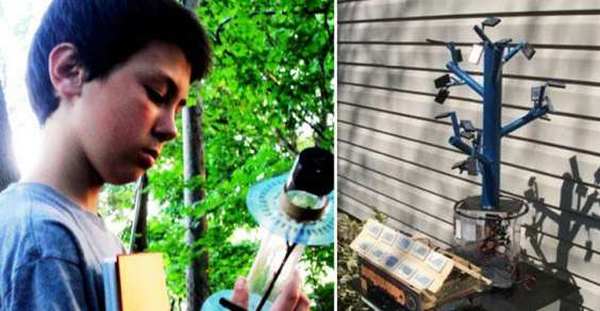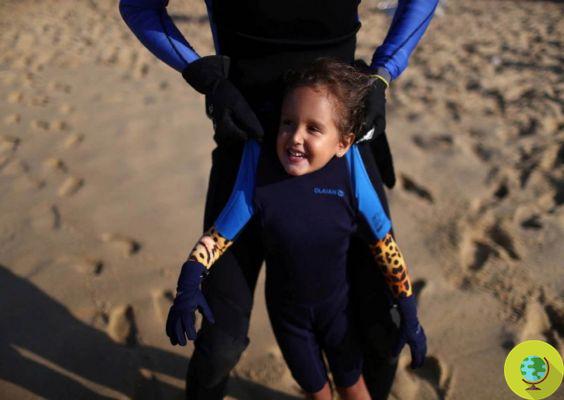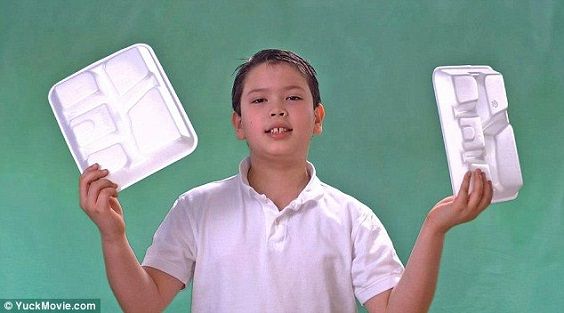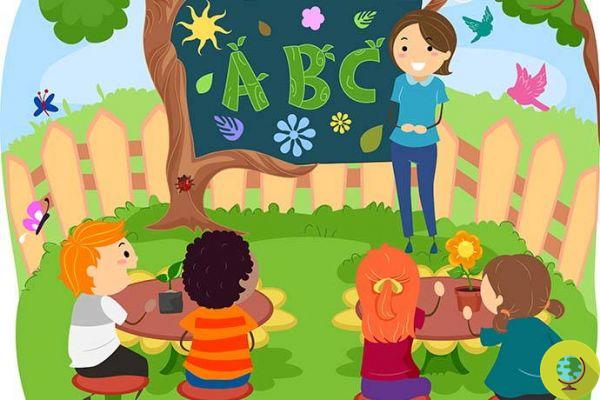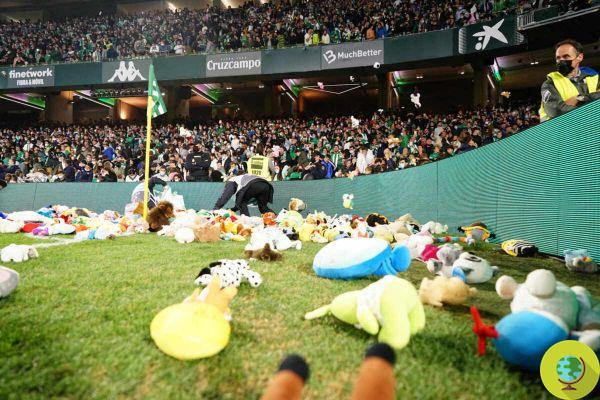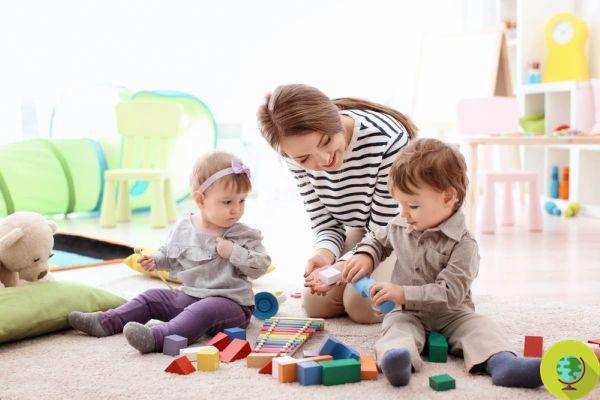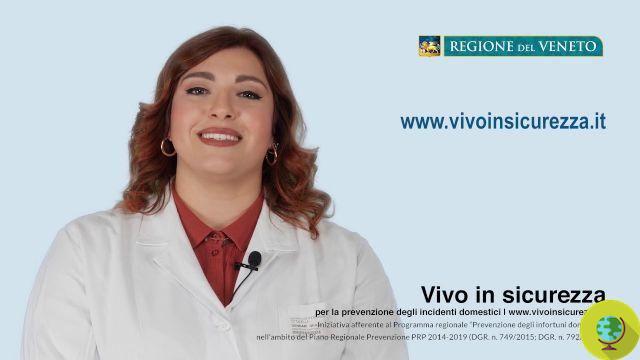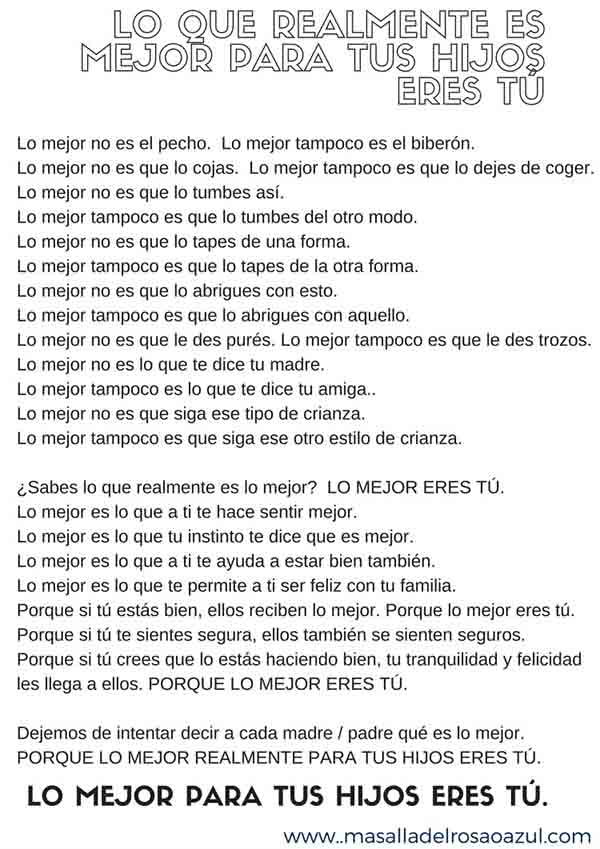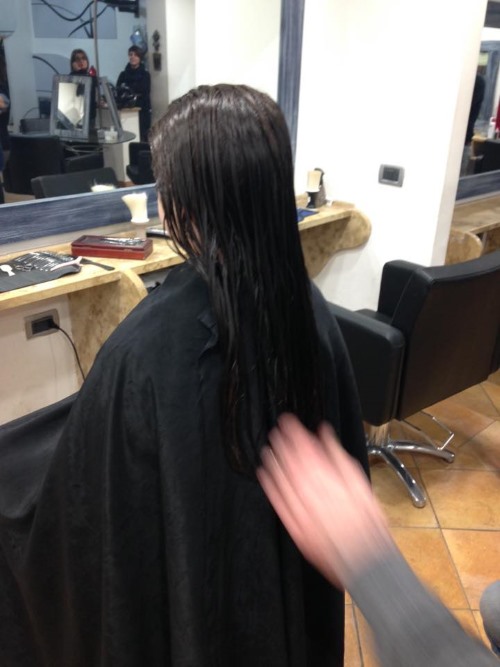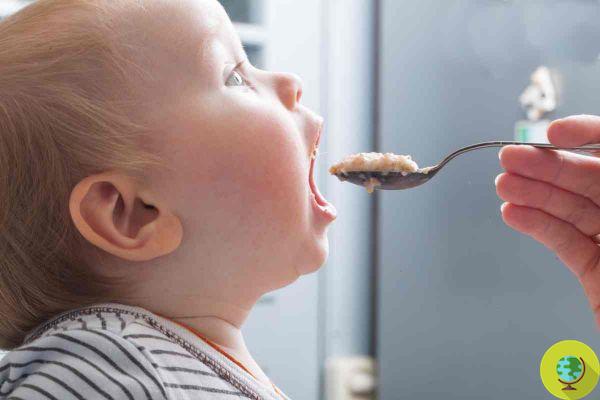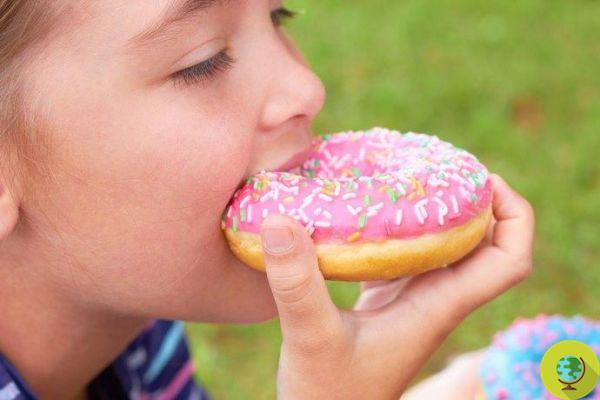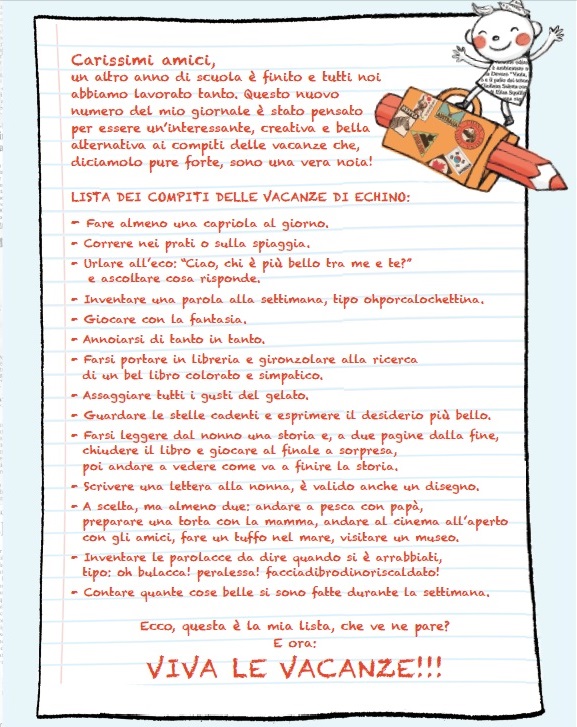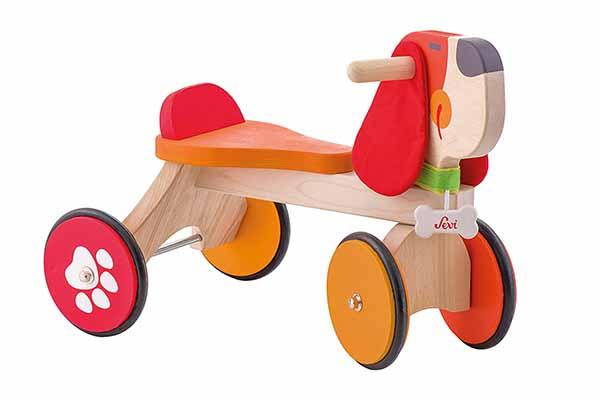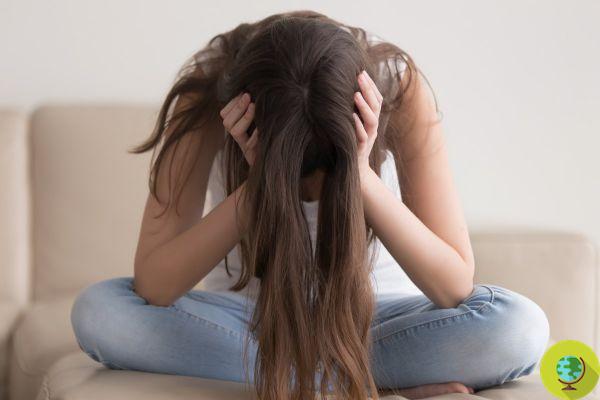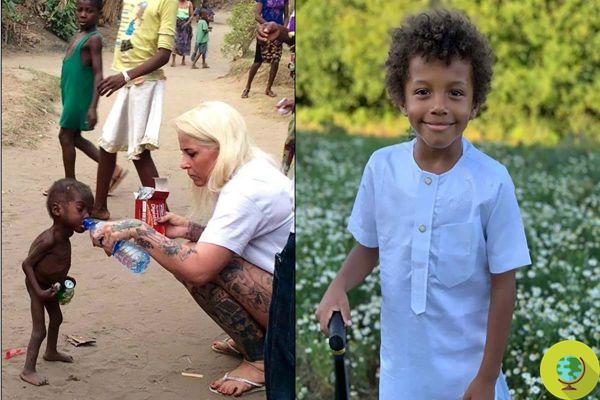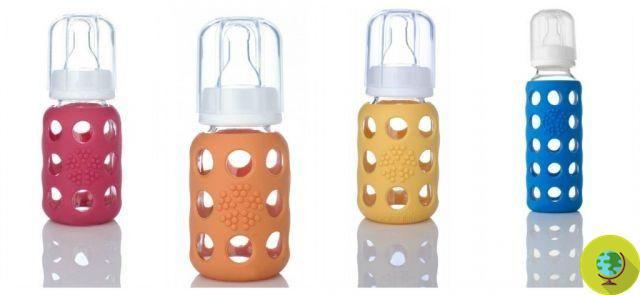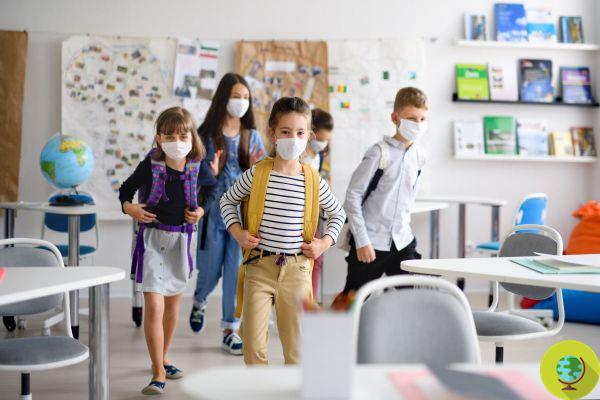Colored pencils can contain chemicals such as phthalates and hydrocarbons. This is what a test that comes from Switzerland demonstrates and warns of the risks for small children to draw with these tools or worse still to put them in their mouths.
Don't store avocado like this: it's dangerousLe colored pencils can contain chemical substances such as phthalates and hydrocarbons. This is what a test that comes from Switzerland demonstrates and warns of the risks for small children of drawing with these tools or worse still of putting them in their mouths.
Children love to draw and parents and educators are comfortable enough to leave colored pencils in their hands, which are considered safer than markers. But is it really so? The Swiss magazine K tip, which he analyzed ten packs of colored pencils of different brands, all commonly sold and used by children, claims no.
These tools are not always "clean" and putting them in the hands of the little ones can expose them to some risks including DNA alteration, reproductive dangers and a greater chance of developing cancer.
In the laboratories that carried out the tests, the experts went to research, inside yellow, red and black pencils, of the possible presence of hydrocarbons polycyclic aromatics (IPA), phthalates e aromatic amines. Why exactly these colors? Experts say they are the ones where there is the greatest risk of finding problematic substances, as a test last year by the German consumer foundation Stiftung Warentest had already highlighted.
The pencil sets analyzed are as follows:
- Pelikan soft pastels
- Faber-Castell 12 pastels
- Stabilo Trio Thick
- Stabilo Green trio
- Bic Kids Evolution Triangle
- Caran d'Ache
- Crayola Coloured Pencil
- Price Guarantee Colored pencils
- Bellecolor Colored pencils
The test results
Unfortunately, the results highlighted what was feared: as many as nine sets of colored pencils contained at least one toxic substance. Only the pencils Pelikan Soft Pencils they turned out completely clean from the presence of harmful contaminants.
Despite this, 3 sets were still promoted by the test as they were contaminated only by small quantities of the offending substances. These are the sets of Faber-Castell, Stabilo Trio Thick and Stabilo Green trio.
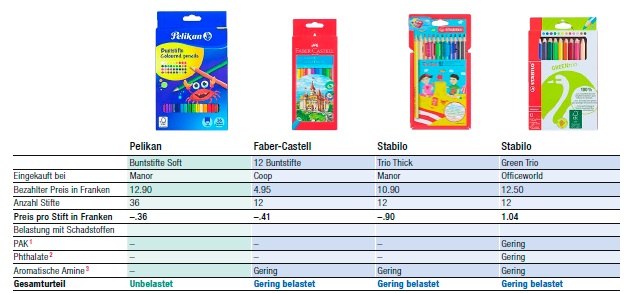
Half of the pencil cases were heavily contaminated, particularly by aromatic amines (O-toluidine and anylene). The European regulation on toys provides for their possible presence for a maximum of 5 milligrams per kilo, but some sets exceeded the legal limits.
Contaminated by aniline they were also the Crayola pencil set and the branded one Bellecolor. The Bellcolor red pencil held up to 18 milligrams of aniline per kilo. The worst result of the whole test.
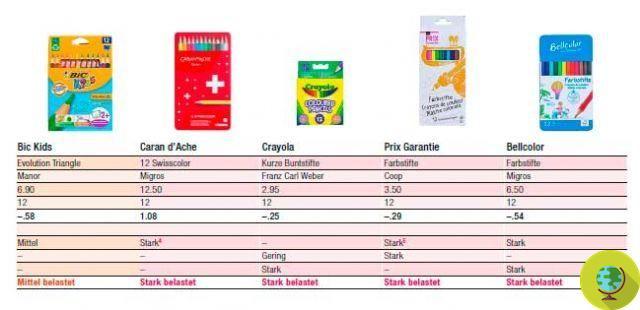
Even the black pencil Bellcolor has exceeded the limit for polycyclic aromatic hydrocarbons (PAHs) with a total content of 5 milligrams per kg. The red pencil of Caran d'Ache, on the other hand, contained too much benzoanthracene, a polluting hydrocarbon that has been shown to be carcinogenic in some experiments on animals.
Il Bic Kids Evolution Triangle it was instead contaminated on average by aromatic hydrocarbons while the Prix Garantie Colored Pencils was heavily contaminated by both phthalates and amines.
Pastels had already been the subject of analysis by consumer magazines in the past. In particular, the German magazine OKO test had examined 15 of the best-known brands (including pencils) and found traces of aromatic amines there too.
We receive and publish, as required by law, the reply from the FILA company:
"The FILA Group, following erroneous and deliberately defamatory news written by the Swiss magazine KTIPP and taken up by you, states that all its crayons (branded Stilnovo) are safe and certified according to CE EN71 standards by official institutes and that they comply with all the most stringent European regulations in force.
FILA reports that KTIPP is a magazine - it is not a recognized body - and the tests published by them are not those required by the European legislator, to protect the safety of products classified as toys for use by children "
Read also:
- Carcinogenic substances in pastels: the indicted brands (and those not)
- These baby products still contain phenoxyethanol. Even Lidl wipes and nivea creams
- Puzzle mats for children: finally no formamide, they are clean!




